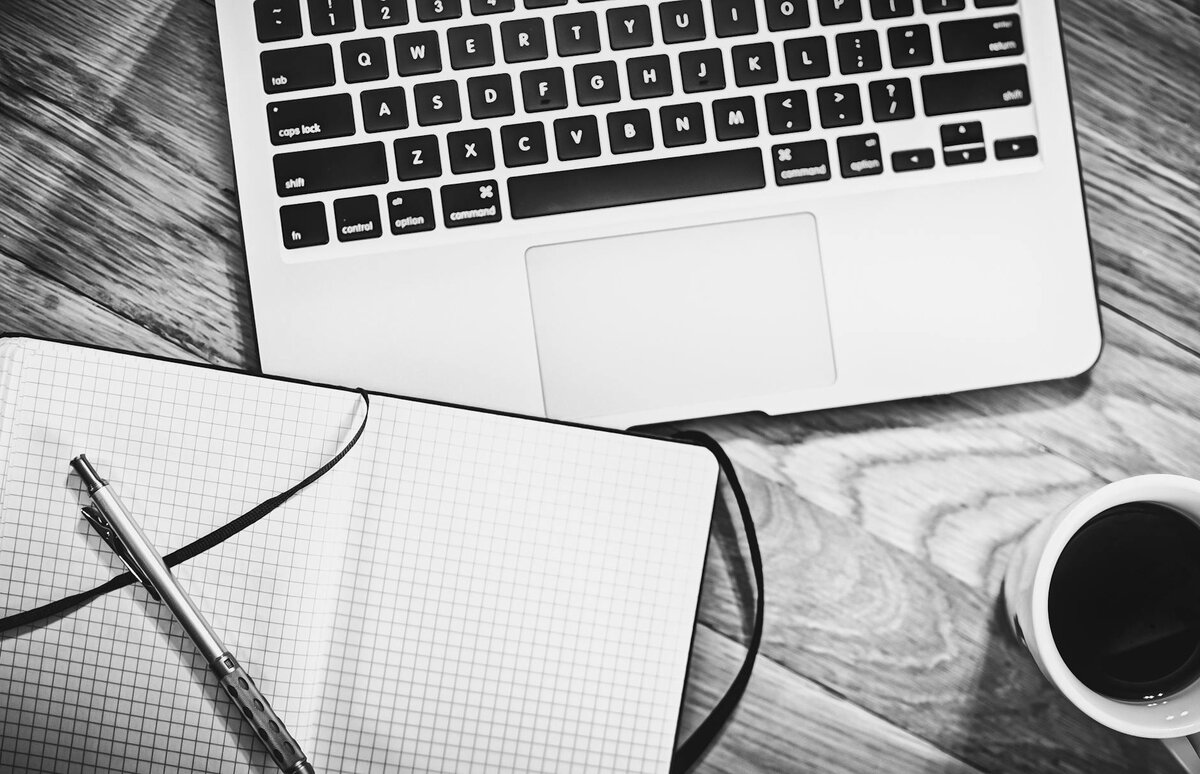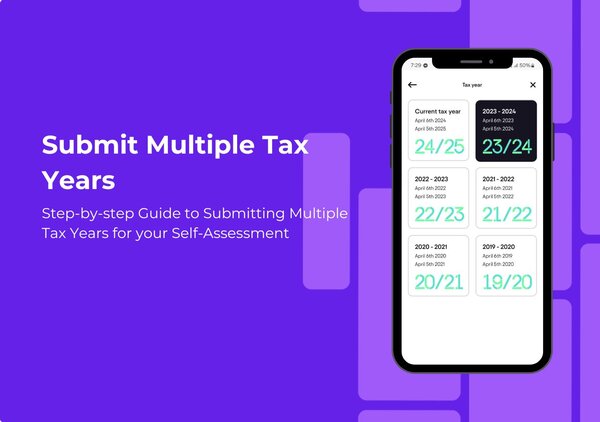Let’s Get Started
Understanding your self assessment tax bill doesn’t have to feel overwhelming. With the right information and a bit of planning, you can stay ahead of deadlines, make the most of available allowances, and avoid unwanted surprises from HMRC. This guide walks you through the essentials, from how tax is calculated to practical budgeting tips, so you feel confident and in control of your financial obligations.
What is a self assessment tax bill?
If you’re self-employed, a landlord, or have additional income sources, you’ll likely need to complete a self assessment tax return. This means you’re responsible for calculating and paying your own tax, unlike employees who have tax automatically deducted through PAYE.
Completing a self assessment tax return requires providing details such as your income, tax deducted, reliefs, and allowances.
Many people get caught out by their tax bills because they haven’t planned ahead. This can lead to financial stress and even penalties from HMRC, which is why planning ahead means no nasty surprises when payment deadlines roll around.
Income tax and allowances
When it comes to your self assessment tax bill, understanding income tax and the allowances you’re entitled to can make a big difference in how much you owe. The personal allowance is the amount of income you can earn before you start paying income tax, currently set at £12,570 for the 2024/2025 tax year. Anything you earn above this threshold is considered taxable income and will be subject to income tax at the relevant rates.
There are three main income tax bands: 20% (basic rate), 40% (higher rate), and 45% (additional rate), depending on your total taxable income. To work out how much income tax you’ll pay, calculate your total income, subtract your personal allowance and any other applicable allowances, and then apply the correct tax rates.
Don’t forget to claim any tax reliefs you’re eligible for, such as the trading allowance or relief on mortgage finance costs if you’re a landlord. These can reduce your assessment tax bill and help you keep more of your hard-earned money. If you’re unsure how much income tax you’ll owe, the HMRC online tool is a handy way to estimate your tax bill and make sure you’re budgeting accurately for the tax year ahead.

Capital gains and tax liability explained
If you’ve sold investments, property, or other assets during the tax year, you may need to pay capital gains tax as part of your self assessment tax bill. Capital gains tax is charged on the profits you make from selling these assets, and the rate you pay depends on your income tax band. For most people, gains above the annual exemption, set at £3,000 for the 2024/25 tax year, are taxed at either 18% or 24%.
To reduce your capital gains tax liability, make sure you use your annual exemption each tax year. You can also take advantage of tax-free investment options, such as ISAs, to shelter your profits from tax. A popular strategy is the ‘Bed & ISA’, which allows you to sell investments, realise gains, and then repurchase them within an ISA, making future growth tax free.
Tax rates and bands: understanding your obligations
Knowing how tax rates and bands work is essential for managing your self assessment tax bill and avoiding unexpected costs. The UK tax year runs from 6 April to 5 April, and your taxable income determines which tax bands apply to you. For the 2024/25 tax year, the basic rate of 20% applies to taxable income up to £50,270. If your income falls between £50,271 and £125,140, you’ll pay the higher rate of 40%. Any income above £125,140 is taxed at the additional rate of 45%.
In addition to income tax, you’ll also need to consider National Insurance contributions (NICs), which are payable on your earnings if you’re employed or self employed. The rates and thresholds for NICs differ depending on your employment status, so it’s important to check which apply to you.
To reduce your assessment tax bill, make use of available allowances and tax reliefs, such as pension contributions, which can lower your taxable income and provide valuable tax relief. Keeping up to date with the latest tax rates and bands will help you plan your finances, ensure you’re paying the right amount, and avoid any surprises when your assessment tax bill arrives.

How do I create a budget for my self assessment tax bill?
Creating a tax budget simply means setting aside a portion of your income regularly to cover your future tax bill. Think of it as paying yourself first, except the money is earmarked for HMRC rather than your personal savings.
Having a clear idea of your expected income throughout the year helps you set a realistic tax budget.
Without a proper tax budget, you might find yourself scrambling for cash when payment deadlines approach in January and July. The key is consistency, putting money aside with each payment you receive rather than trying to find a lump sum at the last minute.
A good tax budget gives you peace of mind and keeps you in control of your finances throughout the year.
How much should I budget for my tax bill?
As a general rule, aim to set aside about 25-30% of your income for tax and National Insurance contributions when budgeting for your tax bill. If you have previous tax returns, use them as a guide since your tax situation probably hasn’t changed dramatically year-to-year.
Keep track of business expenses that qualify as tax deductions, as these will reduce your overall tax bill. Remember that tax rates can change, so stay updated with the latest information from HMRC.
It’s better to save too much than too little, any extra can be kept as a buffer for next year or reinvested in your business once your tax obligations are met.
When should I start saving for my tax bill?
Start saving from the very beginning of the tax year in April rather than waiting until December to think about your January payment. Setting aside money each month makes the process much more manageable than finding a large sum all at once.
Remember that self assessment usually requires two payments each year, one by January 31, which covers your tax bill for the previous tax year, and another by July 31, known as the second payment on account. Creating a regular saving habit makes tax time far less stressful and helps smooth out your cash flow throughout the year.

What's the best way to set money aside for taxes?
Open a separate bank account, not just a savings account, specifically for your tax money to keep your tax funds completely separate from your everyday spending money. Each time you get paid, immediately transfer your tax percentage to this separate bank account before you spend anything else.
Using a separate bank account helps you keep your business and personal finances distinct, making it much easier to manage tax payments and avoid mixing funds.
Some people find it helpful to use a higher-interest account since you won’t need the money for several months. Avoid the temptation to “borrow” from your tax savings for other expenses, that’s a slippery slope that often leads to problems at tax time.
How can I avoid penalties when budgeting for self assessment?
Know your deadlines, January 31 for filing and paying your main tax bill, and July 31 for any payment on account. Set multiple calendar reminders well before these dates to give yourself plenty of time to prepare your finances. Payments on account are based on your previous year's tax bill, so it's important to review last year's tax liability to ensure you have enough set aside.
Understand that HMRC charges interest and penalties for late payments, which can add up quickly. Budget a bit extra to cover any unexpected tax liabilities that might arise, and if you’re struggling to pay, contact HMRC early, they may offer a Time to Pay arrangement if you reach out before the deadline.
What if I can't afford my tax bill?
If you’re worried about paying your tax bill, contact HMRC as soon as possible rather than ignoring the problem. HMRC is often willing to discuss payment options if you’re proactive about your situation.
Consider whether you can raise funds by invoicing clients early or cutting non-essential expenses. Avoid using high-interest credit cards or payday loans to pay your tax bill, this often creates bigger problems down the line.
If you have overpaid, you may be eligible for a refund from HMRC.
Remember that HMRC’s interest rates on late payments are typically lower than commercial loan rates, so arranging a payment plan with them is usually your best option. The total tax due will take into account any paid tax already deducted at source.

Self assessment and tax optimisation tips
Optimising your self assessment tax bill is all about planning ahead and making the most of the tools and allowances available to you. One effective strategy is to set up a budget payment plan with HMRC, allowing you to make weekly or monthly payments towards your next tax bill. This spreads the cost throughout the year and helps you avoid a large, stressful payment at the deadline.
Use the HMRC online tool to estimate your income tax liability and review your payment options. Regularly checking your figures ensures you’re on track and can adjust your budget or payment plan if your income changes. Don’t forget to review all available allowances and reliefs, these can significantly reduce your assessment tax bill if claimed correctly.
Final thoughts on budgeting for your tax bill
Budgeting for your self assessment tax bill doesn’t need to be complicated, it just requires a bit of planning and discipline. By setting aside money regularly and staying organised with your finances, you can avoid the stress of last-minute tax payments.
As a sole trader, it's important to know how much tax you owe. The government, through HMRC, offers a Budget Payment Plan option, which you can set up using direct debit to make regular payments. You have the flexibility to pause payments if needed. Payments on account are usually half of your previous year's tax bill, due in January and July, and if you owe more, a balancing payment is required by 31 January. HMRC will send you a letter with your payment reference and details.
Pie Tax
Pie Tax is an app designed to help working individuals manage their tax responsibilities with ease. It offers integrated bookkeeping, real-time tax calculations, simplified self assessment processing, income and property tracking, capital gains support, and access to expert advice whenever you need it.
Why not try Pie tax to make managing your self assessment even easier? Your future self will thank you when tax season comes around without the usual panic and scramble to find funds!











